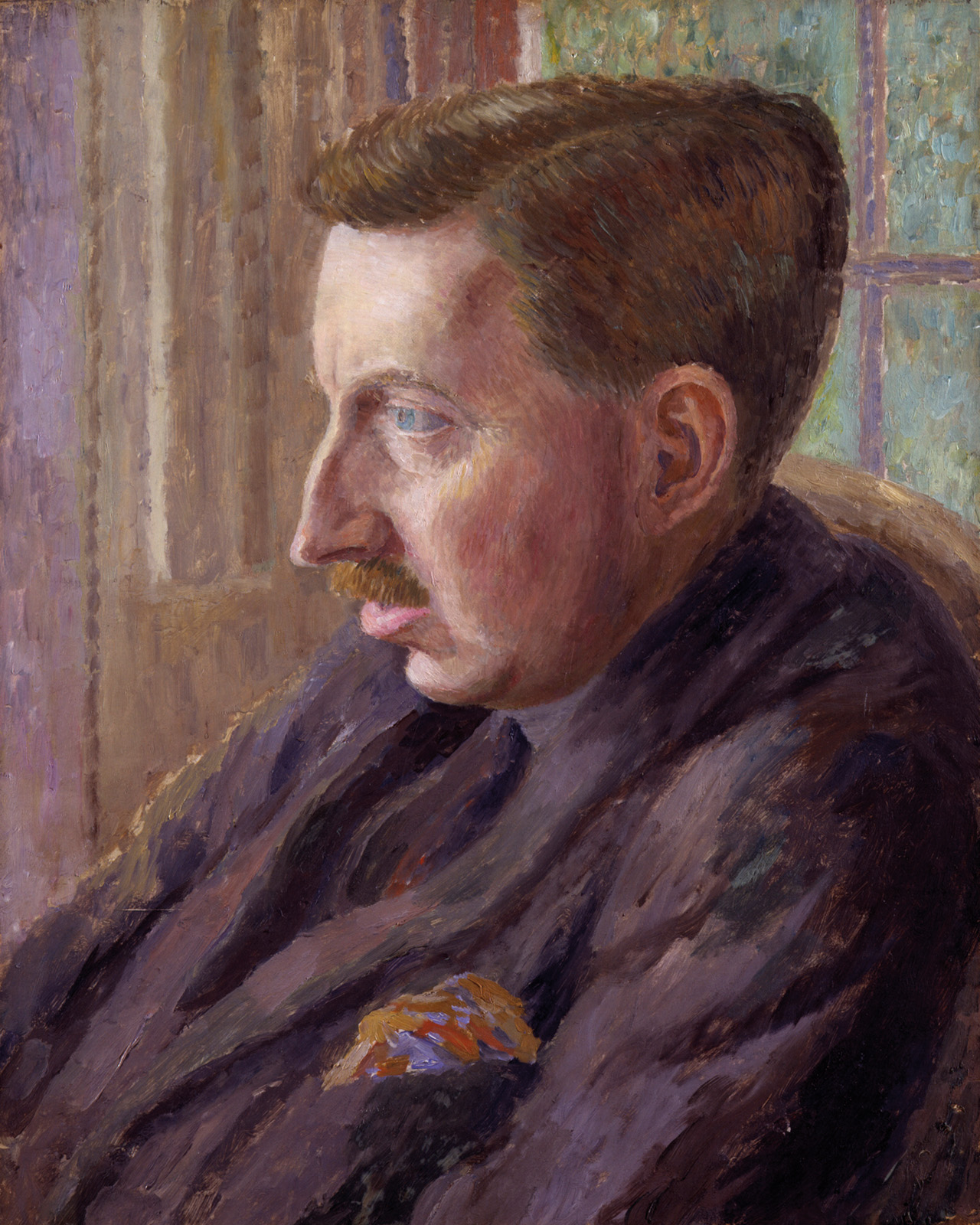Coming into bloom
The Bloomsbury Group is the stuff of cultural legend but a new northern exhibition ventures outside the traditional narrative to consider its fringe players
Formed in the eponymous London district at the start of the 20th century, the Bloomsbury Group was a collective of passionate and gifted artists, writers and thinkers that had a profound impact on the British cultural landscape.
Novelist Virginia Woolf, artist Duncan Grant and the painter and critic Roger Fry are synonymous with the group but a new exhibition, Beyond Bloomsbury, celebrates some of its lesser-known figures and tells the stories of the writers, dancers, activists and philanthropists that were connected to it.
One such figure is Dora Carrington, an artist who became associated with the Bloomsbury Group in the mid-1910s and whose informal portrait – naked, atop a public statue – is included in the exhibition alongside her own work.
“She was part of a group of younger female artists that writer Virginia Woolf referred to as cropheads,” says exhibition curator Maraiga Bailey. “They cut their hair short and wore trousers in rebellion against contemporary gender norms, which was met with some confusion by older members of the Bloomsbury Group.
“She was not a well-known artist during her time and she rarely signed her artwork. These factors, paired with a tendency to focus on her various relationships with members of the Bloomsbury Group, have led to her artwork being overlooked.”
While the cropheads may have perplexed some members, the group was notoriously progressive. Gathering to share and debate ideas and discuss each other’s creative activities, members developed into a complex network of associates, friends and lovers. Among the romantic relationships they formed, many were between same-sex partners.
Included in the 140 objects in the exhibition are over 60 portraits from the National Portrait Gallery which together illustrate the intertwined relationships between members of the group and reflect on the group’s significance in queer art history.
“We have a series of sketches by artist Duncan Grant of his male lovers from the 1930s and 1950s. These artworks are often nude and illustrate the intimacy shared by the artist and the sitter,” says Bailey. “Considering homosexuality was illegal in Britain until the late 1960s and the prejudice men who were sexually involved with other men faced,
these sketches provide an important insight into mid-century male desire.”
The exhibition, now open in Sheffield, has been created in partnership between Sheffield Museums, York Museums Trust and the National Portrait Gallery. Bailey says the northern partners’ connection to the work comes from their shared interest in bridging the traditional gap between fine and decorative art, which was reflected in the work of the Bloomsbury Group. And while the group was London based, there are a few northern connections, including Newcastle-born Jessie Etchells.
After studying art in Stockport, she went on to make key contributions to the Omega Workshops, an experimental design collective established by the Bloomsbury Group in 1913. Her oil painting Flowers features in the exhibition. Northern connections also include Edith Sitwell and her brothers Osbert and Sacheverell – part of the aristocratic Sitwell family of Sheffield’s Renishaw Hall – who were important champions of avant-garde art and literature and were associated with the Bloomsbury Group from around 1918.
Another overlooked aspect of the Bloomsbury Group, Bailey says, are its Black figures. The exhibition also features new work by Sierra Leonean-British artist Sahara Longe who uses Renaissance painting methods to explore the hierarchies, biases and traditions of historical portraiture.
After researching the Bloomsbury Group, Longe selected four subjects for portraits: choreographer Berto Pasuka, lawyer and artist’s model Patrick Nelson; writer and activist Mulk Raj Anand; and broadcaster Una Marson.
“All these individuals existed in the same social circles as the Bloomsbury Group and some made important contributions to the group.
“However, their contributions to British culture have been somewhat overlooked in comparison to members of the Bloomsbury Group,” says Bailey.
“One reason for this is the historical biases towards white British individuals from wealthy backgrounds. Longe’s artworks and her aims as an artist have been really valuable as they’ve enabled us to critically engage with traditional narratives of the Bloomsbury Group.”
Beyond Bloomsbury: Love, Life and Legacy is at Millennium Gallery, Sheffield, 25 November 2021-3 February 2022, and York Art Gallery, 4 March-5 June 2022
Images courtesy of National Portrait Gallery/Sheffield Museums

Leave a reply
Your email address will not be published.